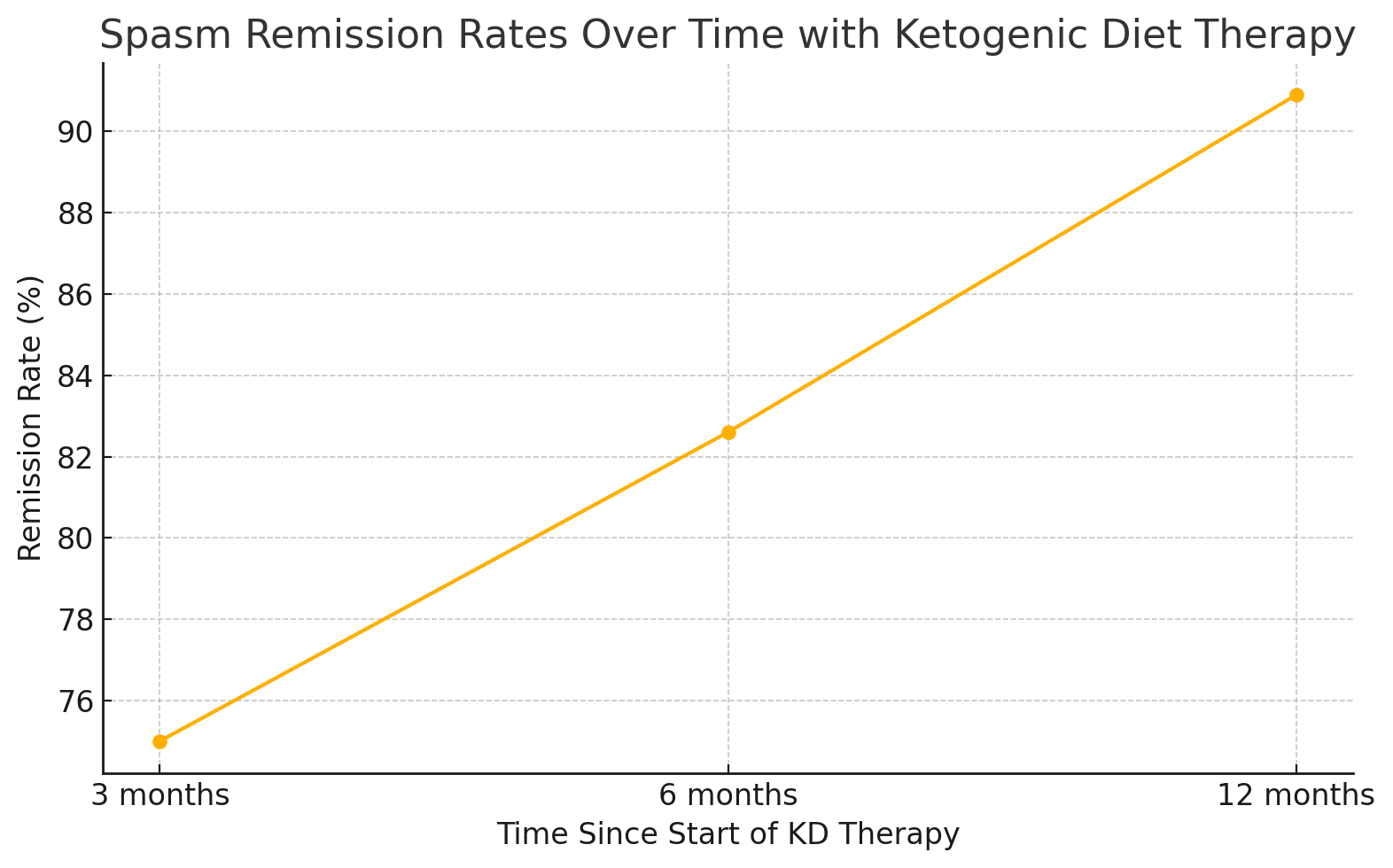
As someone deeply invested in ketogenic nutrition, I’ve found the therapeutic use of the ketogenic diet (KD) in managing Infantile Epileptic Spasms Syndrome (IESS), also known as West Syndrome, both fascinating and promising. This condition—marked by sudden spasms and developmental delays in infants—is notoriously difficult to treat with standard medications alone. That’s where the ketogenic diets therapy steps in as a powerful, non-drug intervention.
Understanding Infantile Epileptic Spasms Syndrome (IESS)
IESS usually affects infants between 3 to 12 months of age. The spasms often come in clusters and are associated with a chaotic EEG pattern called hypsarrhythmia. Common causes include brain malformations, genetic mutations, and metabolic disorders. While traditional treatments include corticosteroids and antiepileptic drugs, they often fall short, pushing caregivers and clinicians to explore alternatives like the ketogenic diet.
Efficacy of the Ketogenic Diets Therapy in IESS
Several recent studies reinforce KD’s potential for treating IESS:
- A systematic review covering 13 studies and about 300 patients reported spasm remission rates of 75% at 3 months, 82.6% at 6 months, and 90.9% at 12 months following KD therapy [1].
- Another study concluded that KD’s effectiveness wasn’t significantly affected by factors like age of diet initiation or previous use of medications, including steroids [2].
These findings suggest KD isn’t just a backup plan—it can be a first-line option, especially for drug-resistant cases.
How It Works: The Science Behind Ketogenic Diets Therapy
Ketogenic Diets Therapy works by inducing ketosis, a metabolic state where the body burns fat instead of glucose. In this state, the brain uses ketones for energy, which seems to help stabilize electrical activity and reduce seizures. The exact mechanisms are still being studied, but its benefits in epilepsy treatment are well-established.
Getting Started: What Implementation Looks Like
Implementing Ketogenic Diets Therapy for a child with IESS requires a multidisciplinary approach:
- Diet Composition: Most protocols use a 4:1 ratio of fats to combined carbs and protein.
- Monitoring: Close monitoring is necessary to check ketone levels, manage side effects, and ensure proper growth.
- Side Effects: These can include constipation, low blood sugar, and nutrient deficiencies, which is why dietitians and neurologists must work together on management.
Why This Matters
As a keto advocate, I’ve seen firsthand how life-changing this approach can be—not just for weight loss or energy, but for serious medical conditions like epilepsy. The ketogenic diet isn’t a fad. For some families, it’s a lifeline.
References
- Cai QY, et al. “Ketogenic Diet for Treatment of Infantile Spasms: A Systematic Review.” Frontiers in Pediatrics, 2024. https://www.frontiersin.org/articles/10.3389/fped.2024.1472982/full
- Sharma S, et al. “Efficacy and tolerability of the ketogenic diet in infantile spasms—A retrospective study.” Annals of Epilepsy, 2021. https://aepi.biomedcentral.com/articles/10.1186/s42494-021-00077-7




